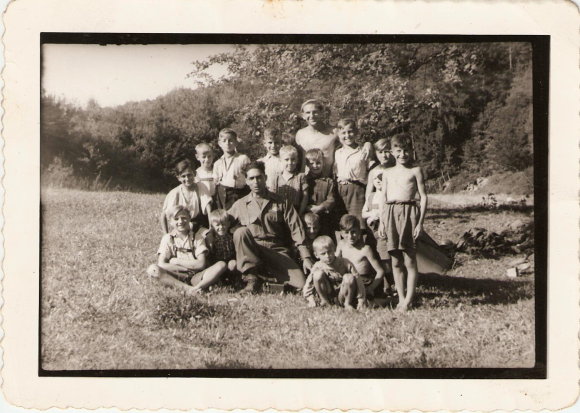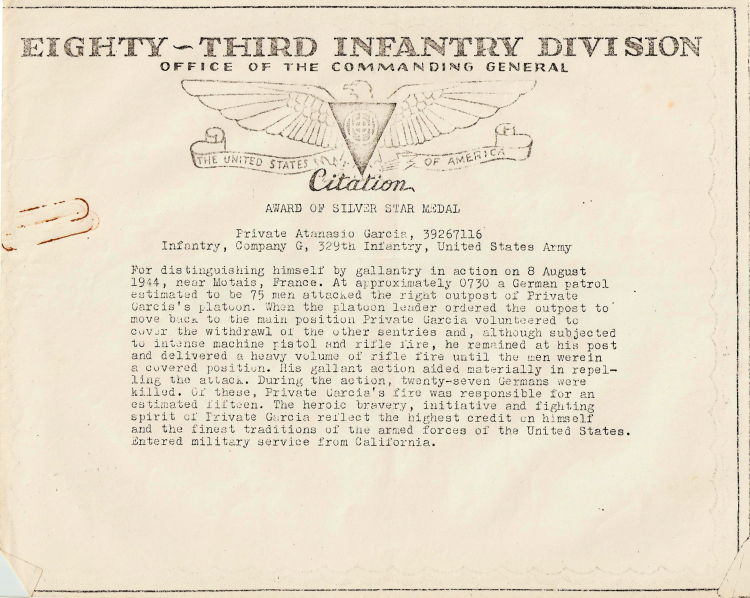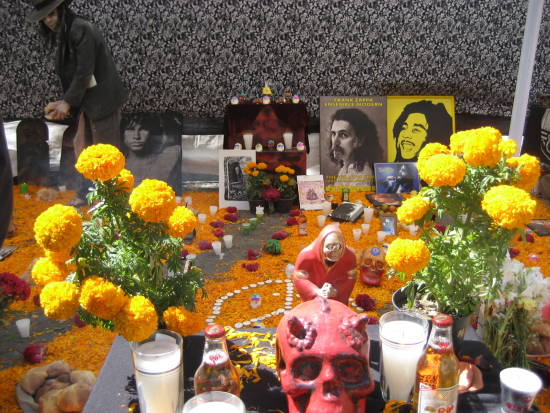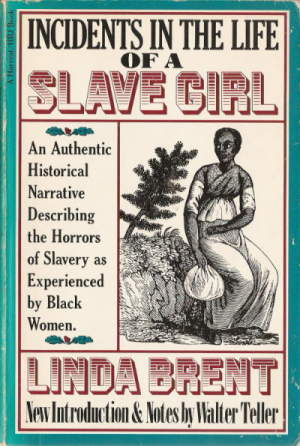Hope you party like these folks!
(by the way, anyone know the name of the first song this band is playing?)
Month: November 2008
Favorite Video of the Week: Flamenco pop from the 80s
Quien Maneja Mi Barca-Remedios Amaya, 1983 No, she is not singing out of tune!
Remedios Amaya is one of the most popular and successful of the current Flamenco artists. Her performance at Eurovision was a monumental achievement for the Gitanos of Spain, as they were representing the whole country in this famous and super popular European song competition. (It would be the same as if a Chicano represented the U.S.) I love how despite the glitz and glamor of the show, she sings barefoot, recognizing her Gitano roots. Remedios singing Flamenco in her younger years.
Se Tiene Que Ir-Tijeritas
I don’t know much about Tijeritas except that he is extremely popular in Spain. I came across the video while doing my weekly Youtube searches for Flamenco videos. This song has a certain charm (a song about leaving his mother) and his look is best explained by this comment left on his video “Que bueno el tijeritas! …y ese look garrulo los 80 calcetines blancos con mocasines, pantalones elasticos como los heavys,jersey enorme, que gracia me ha hecho, lo que monto en el diario eso por la pasta o por popularidad le saquen no tenia ni pies ni cabeza.” A more Flamenco-ish Tijerita song.
I know not everyone’s gonna enjoy this week’s video selections and to be honest, that’s why I picked them. I often like music that makes no sense, that’s neither interesting nor cool but I’ve never cared about such things. However, I think these two videos do happen to be very interesting as they both represent an attempt at pop music with a Flamenco sensibility. It’s strange that on this blog I haven’t discussed much my love and study of Flamenco, mostly because I’ve kept the discussion over on my other site for :dos lunares. More (authentic) Flamenco coming soon!
Stupid things I think about at work

“Pinecone” Cheeseball I made a couple of weeks ago, recipe from Amy Sedaris.
1.
Why hasn’t anyone come up with a common nickname for the computer? There’s the “net” for internet and “blog” for web-log but none for the ubiquitous piece of technology I am currently using. In Spanish, it’s worse. I always feel like I’m gonna say an offensive word. “Com-PUTA-dora, ” I carefully draw out the word, hesitant about where to put my emphasis. It was easier in Spain, where computers are called ordenadores. Another mouthful sure, but not one to get you in trouble. Wait, maybe there is a Spanish nickname for computer? I can’t recall.
2.
Why do folks still care about what Nostradamus had to say? Was the dude ever right? How is it that his prophecies still hold some sway in our time? Is this how the bible started?
More stupid things to come…
–
What’s in your book?
Thanks to Soledad en Masa!
1. Grab the nearest book.
2. Open it to page 56.
3. Find the fifth sentence.
4. Post the text of the sentence in your journal along with these instructions.
5. Don’t dig for your favorite book, the cool book, or the intellectual one: pick the CLOSEST
From Incidents in the Life of a Slave Girl:
“I shuddered to think of being the mother of children that should be owned by my own tyrant.”
Veteran’s Day

My grandfather, Atanasio “Tony” Garcia with the locals. Note the lederhosen on the young boys.
The war stories from my grandfather only came during rare moments. He never bragged about his service nor volunteered information about his experiences in World War Two. According to my uncles and mother, my Grandpa Tony did his best to not remember what happened during the war. I’m sure he wasn’t the only one.

Grandpa Tony before the war. He sure loved his cars!
The stories about his service were eventually passed on to me. Being a Mexican in the US Army was a struggle in itself. He was treated as inferior and given riskier assignments and positions. However, he accepted them without protest and persevered. The document below explains how he received the Silver Star. Thanks to Hollywood films, I can imagine visually how the battle went down. More vivid to me is the story told to me by my uncle. For many years after my grandfather returned home from the war, my grandmother would sit him at the kitchen table in the morning and gingerly pick out pieces of shrapnel that were lodged in his skin. As part of the troop front-line, he caught the worst of a land mine. I wish I would have been old enough to ask my grandfather about these things but he probably wouldn’t have wanted to share them with me – too much shrapnel in his memories.

Citation-Award of the Silver Star Medal, 83rd Division
Thankfully, my father’s time in Vietnam was a little less traumatizing. As kids, my brother and I heard all his stories and would tease him a bit when he told the same ones again and again. We would often joke “Here comes Vietnam story number 103!” after he took us to see the latest Hollywood Vietnam era film. He might not like me to speak of it but I was pleased to know he questioned his command for their racist practices. Unfortunately, this got him in substantial trouble but he says he has no regrets. I’m proud to know I come from a family of folks who are not afraid to speak their minds and stand up for their rights.
Dia de los Muertos: Altars

Altar dedicated to my grandmothers and some favorite revolutionaries: Emma Goldman, Zapata and Phoolan Devi, 2008.
Both my mother and grandmothers have always had different kinds of altars in the house, some have been religious and others, just a pleasing way of placing favorite objects. Until I was an adult I didn’t give much thought to this tradition, even though I found myself replicating them in my own home. The unusual use of materials and creative placement is what usually catches my eye in other people’s altars. I was already well acquainted with the examples I’ve seen here in Los Angeles – a public altar aesthetic that is familiar to those who attend Chicano produced Dia de los Muertos events i.e. lots of papel picado, glittery, bright colors. In Mexico I was able to see quite a few traditional and native altars or ofrendas (as they are called in Mexico) and have included these photos as examples of the various regional styles.

Ofrenda for the rockeros, El Chopo, Mexico DF

Public ofrenda outside of a school, Oaxaca
Continue reading



